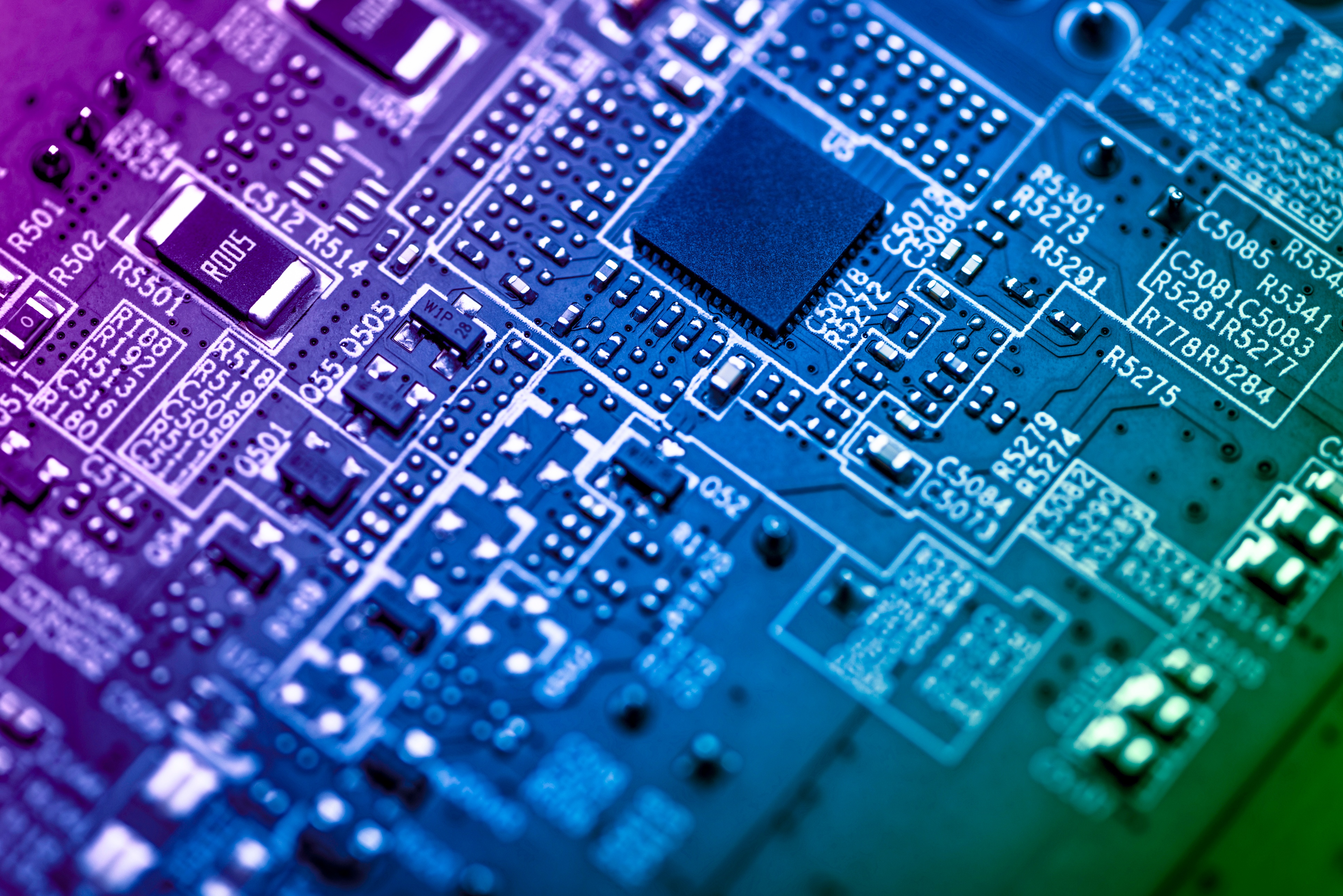
So, from my last blog post, you are thinking that Class 1 dielectric MLCCs are the “bee’s knees” when it comes to capacitors. And they are, (I promise…J). “What about film capacitors?” you ask. Excellent question! Let’s explore this topic.
Ceramic versus Film Capacitors
As we have discussed, MLCCs (both Class 1 and Class 2) have advanced greatly with time. I believe that the rate of advancement of Class 1 MLCC has been faster than that of film capacitors. I believe that this disparity in advancement has progressed to the point that there is now a pretty clear winner for small case surface mount devices (EIA 1812 and below)…and that winner is…envelope please…COG MLCC. “Based on what,” you ask? Let’s explore some more.
What’s Important?
Let’s start with our “Farad on the Head of a Pin for Free” set of goals. The two types of film capacitor dielectrics that we will use in the comparison are PPS (polyphenylene sulfide) and PEN (polyethylene naphthalate) as these are the most generally available film dielectrics in a surface mount small case configuration. The smallest generally available case size for C0G MLCC is EIA 01005 while the smallest generally available size for film caps is EIA 0603, so C0G MLCCs are available that are ~1/64th the volume of the smallest generally available surface mount film capacitor. These smaller capacitors take up only ~1/16th of the board space of the larger film capacitors (solder pads not included). From this standpoint, C0G clearly wins.
Also, C0G MLCC wins when comparing the highest capacitance generally available at a given rated voltage within a given case size. For example for EIA 0805 the maximum capacitance generally available in a C0G MLCC is 0.047µF at 25Vrated, and for film capacitors (PPS) it is 0.027µF and 10Vrated. (Note that you can get metallized acrylic film capacitors in EIA 0805 case size with a maximum capacitance of 0.15µF at 25Vrated, but that type of film dielectric is much more temperature sensitive, and exhibits a much higher dissipation factor and dielectric absorption, as well as a more limited temperature range. So these types of film dielectrics are more suitable in comparison of tantalum capacitors or Class 2 MLCC and are not a part of this analysis). The above results are similar for other case sizes EIA 1812 and less as well.
Now for the cost part, comparable PPS film capacitors are typically more than 2X the price of C0G MLCC, and PEN film capacitors are generally more expensive than PPS film caps. Again C0G MLCC clearly wins.
Hot Stuff
Let’s compare thermal stability and robustness. The use temperature range for C0G MLCC is generally -55C to +125C. PPS has a similar range and PEN is generally -55C to +85C, but some PEN film caps are available having use temperature range as wide as -55C to +125C as well. Additionally, C0G MLCCs are available for high temperature applications (up to 260C+), so the edge goes to C0G MLCC again.
Regarding temperature stability of capacitance, C0G MLCC can vary in capacitance no more than +/-30 ppm/C from -55 to +125C as compared to the room temperature (RT) value. Assuming that RT is 20C, would allow a change in capacitance of as much as ~0.3%. While PEN cannot meet this criterion, PPS is close so we will call it a tie. With regard to dissipation factor (df), PEN and PPS both increase with temperature to the point that df at 125C is ~0.4 to 0.5%. C0G MLCC generally do not exhibit df in excess of 0.1%, but df is not specified at other than RT for G0G, so we will call this a tie as well.
With regard to thermal robustness, C0G MLCCs generally do not require special reflow profiles for surface mounting as film capacitors do, so C0G MLCC wins here. With regard to reliability at elevated temperature, C0G MLCCs are generally highly reliable as are film capacitors. However, C0G MLCCs are generally available with higher voltage ratings at a given capacitance within a given case size. Also, certain film capacitors can be susceptible to humidity at elevated temperature, so the edge goes to C0G MLCC here as well.
Other Stuff
So what’s left? Well, with regard to dielectric absorption or the percentage of capacitance that a capacitor recharges after charging to a certain voltage, and then quickly discharging, C0G MLCC at ~0.5% is slightly better than PEN film at ~0.8%, while PPS film, at ~0.02 to ~0.05%, is the clear winner. However, unless you are designing a circuit that is highly susceptible to the effects of dielectric absorption, such as a sample and hold analog to digital convertor circuit, this really doesn’t matter much since, even though the PPS value for dielectric absorption is ultra-low, the C0G MLCC value is also quite low (comparing favorably to other films), so the benefit is not obviously applicable in all but a few circuits. For example in a circuit that charges to 2.5V, then quickly discharges, a C0G MLCC would re-apply a voltage of not more than ~12.5mV to the circuit, while PPS film would not re-apply more than ~1.25mV…both very low values.
With regard to electrical noise generated from mechanical shock, C0G MLCCs have been shown to be superior to film capacitors as well [i]. With regard to resistance to board flexure, film capacitors are generally thought to be more robust, but this can be situation specific as board flexure can pull off external terminations in addition to, or in lieu of, flexure cracks. This failure mode may be more prominent in film caps as the terminals may not adhere as well, depending upon the termination configuration, materials and application process. Flex robust C0G MLCCs are also now available, so this is nearly “a wash” with a slight edge going to film caps.
With regard to self-healing properties, film capacitors clearly win as MLCCs do not self-heal. However, PPS and PEN have limited to very limited self-healing capabilities compared to other film dielectrics, so this “win” is not very significant. With regard to solvent resistance, C0G MLCCs are generally superior to film caps as well.
In Summary
So it is pretty evident that, for small case (EIA 1812 or less) surface mount applications, with few exceptions C0G MLCC are superior to film capacitors. Additionally, C0G MLCC are considerably more cost effective. A very good one page summary of the advantages and disadvantages of using NP0/C0G MLCCs versus Film Capacitors . For the applications discussed above, I think that it is pretty clear that C0G MLCCs are preferable to surface mount film capacitors, so “Winner Winner, Chicken Dinner...COG MLCC.” TTFN!
________________________







